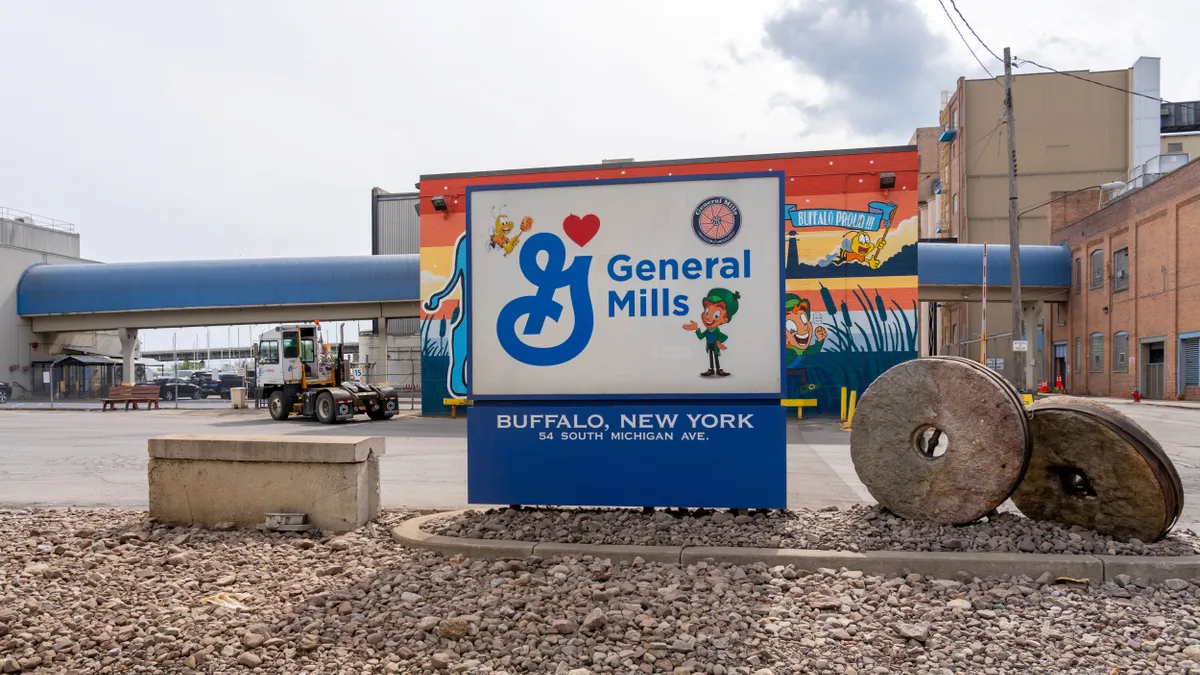Dive Brief:
-
Facebook built and launched a new cross-data center backbone network, called the Express Backbone (EBB), to help manage growing bandwidth demands, according to a company post.
-
The EBB separates machine-to-machine traffic to reduce latency for users while also improving redundancy capabilities. What that means is Facebook is separating traffic that stays in the data center — which often occurs in large bursts — from internet-facing traffic. That stops the machine-to-machine traffic from impacting user traffic.
-
Facebook’s U.S. and European-based data centers were previously connected by a single wide-area backbone network, which is often referred to as the "classic backbone," according to the post. In that configuration, one network carried both user traffic and Facebook's internal server-to-server traffic.
Dive Insight:
Since Facebook started, it’s run all its data on the same network. But today, with 1.86 billion users, Facebook has a lot to worry about when it comes to its network integrity.
As the social network outlined, even with more users, the load from internet traffic has remained largely flat. But the internal demand has increased dramatically as Facebook has created new offerings.
Most organizations are not going to be dealing with a network load at the scale of Facebook. But that doesn't mean they aren't struggling with network capacity, especially as more companies offer virtual solutions.
Many companies and even federal agencies like the Department of Transportation have found out firsthand how dangerous a patchworked network of daisy-chained devices can be. In response, more companies are paying attention to how their network is assembled, and are building in room for increased network capacity to help meet future demands.













